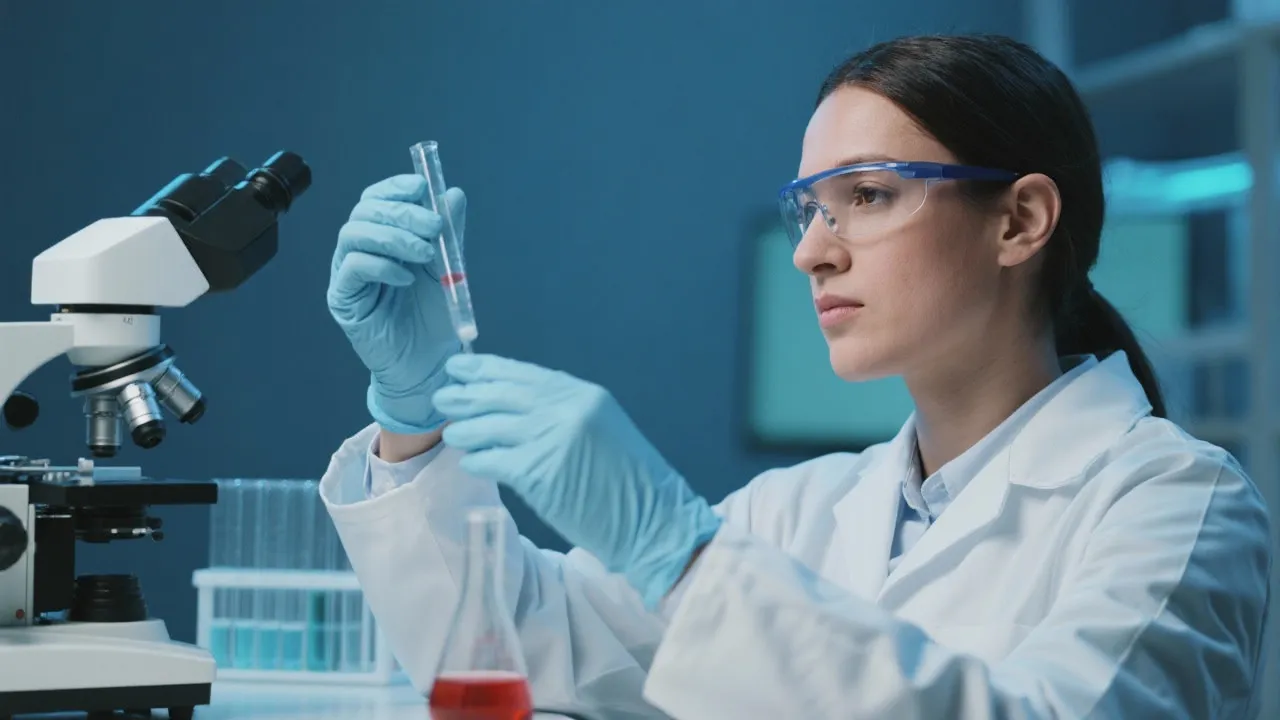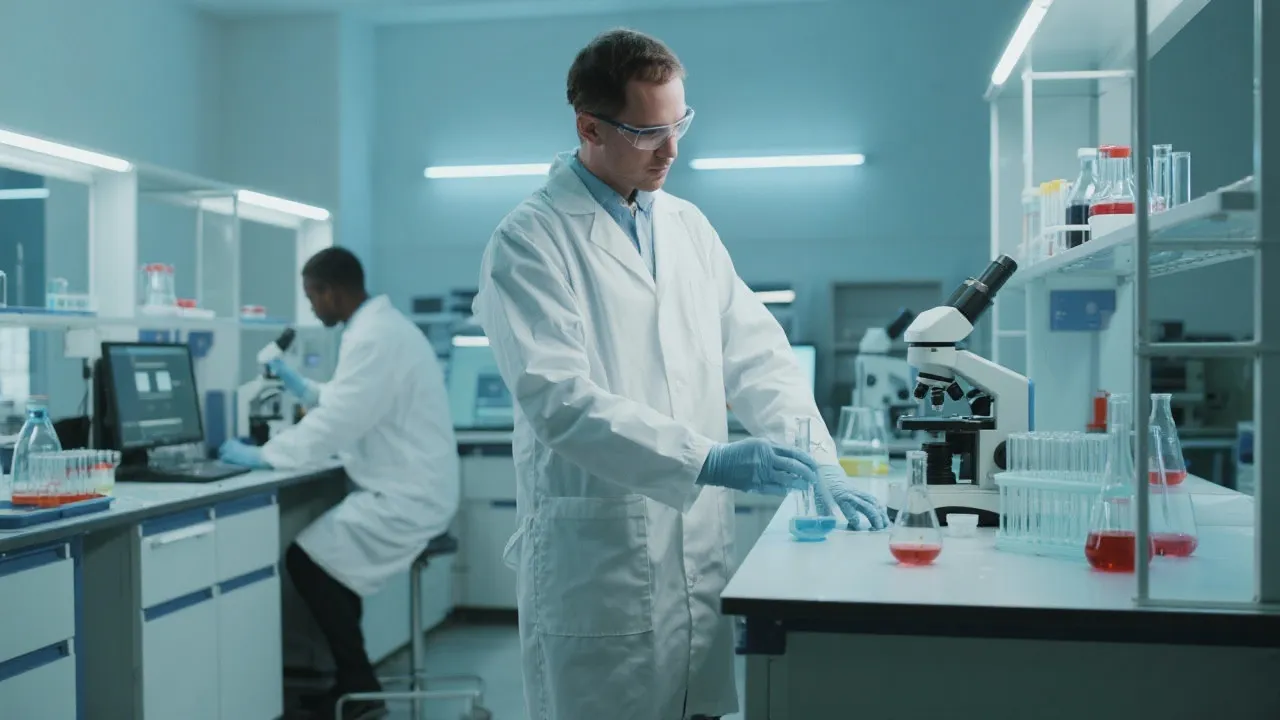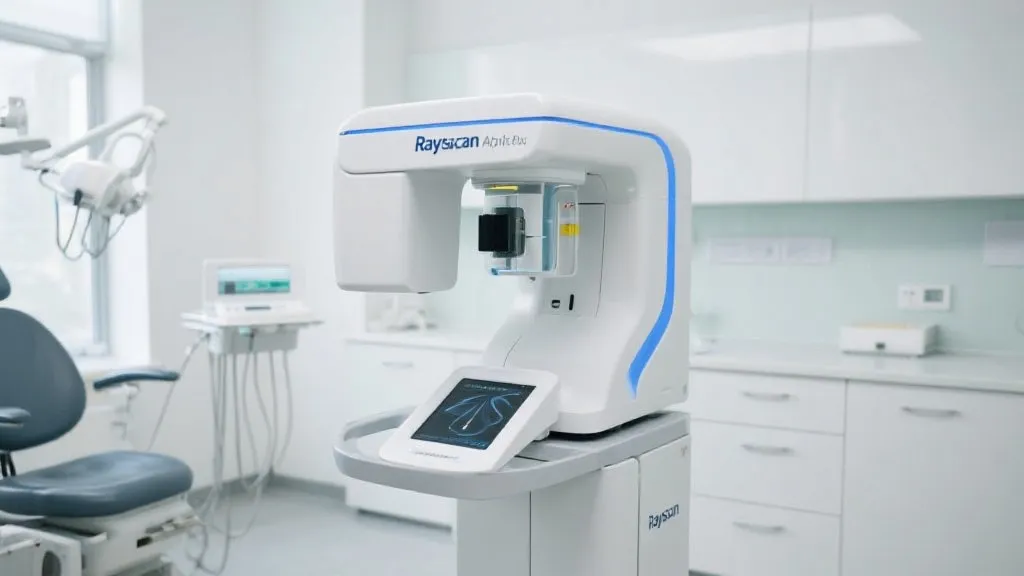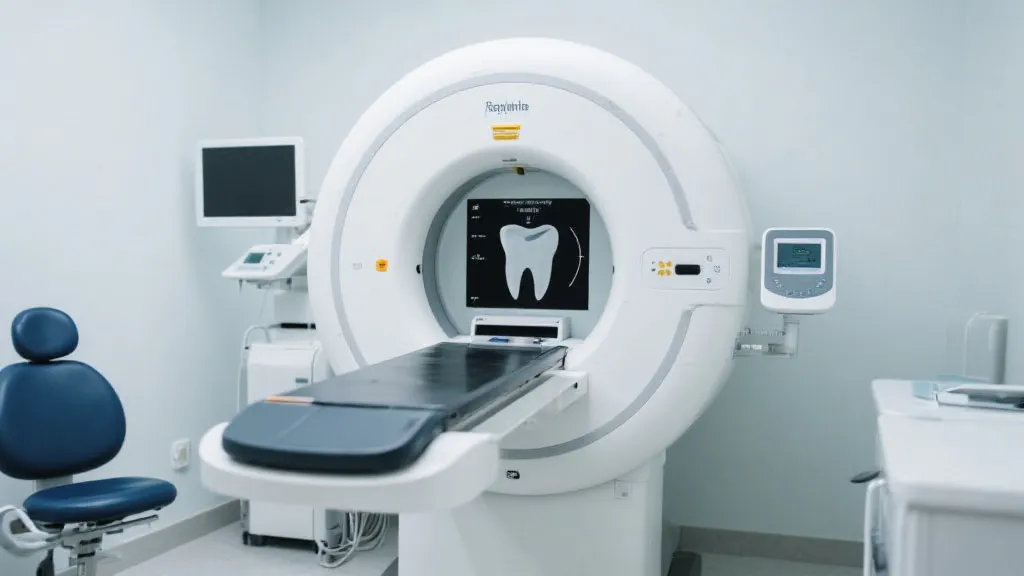Understanding Cyp1a1 Assay Methods
The Cyp1a1 assay is a crucial tool in biochemical and medical research for evaluating the influence of substances on cytochrome P450 1A1 enzyme activity. This article provides a thorough exploration of Cyp1a1 assay methodologies, detailing their importance in assessing enzymatic activity and implications in pharmacology and toxicology. We'll also delve into various methodologies, their applications, and frequently asked questions for a nuanced comprehension.

What is the Cyp1a1 Assay?
The Cyp1a1 assay is an essential biochemical test used to measure the enzymatic activity of cytochrome P450 1A1 (CYP1A1). This enzyme, part of the cytochrome P450 family, plays a significant role in the metabolism of xenobiotics – substances that are foreign to the body's biochemistry. By conducting a Cyp1a1 assay, researchers can ascertain how specific compounds influence enzyme activity, providing invaluable insights into drug metabolism and potential toxicity.
CYP1A1 is a key enzyme involved in the bioactivation of procarcinogens as well as the metabolism of certain therapeutic drugs. Thus, understanding its activity through the Cyp1a1 assay is critical for predicting how drugs are processed in the body and how toxins may affect human health. The assay's results can inform drug design and safety evaluations, making it indispensable in pharmaceutical development.
Importance in Pharmacology and Toxicology
In pharmacology and toxicology, understanding the interactions between drugs and enzymes is pivotal. The Cyp1a1 assay offers a reliable method for determining how a drug may alter CYP1A1 activity, hence affecting drug efficacy and safety. A compound's ability to induce or inhibit this enzyme can result in significant alterations in the pharmacokinetics of therapeutic agents, underscoring the assay's significance in drug development and safety evaluations.
Furthermore, the role of CYP1A1 extends beyond drug metabolism. Abnormal enzyme activity can also be associated with various diseases, including cancers. For instance, increased levels of CYP1A1 have been frequently observed in tumor tissues, correlating its activity with carcinogenesis. Therefore, monitoring CYP1A1 through the Cyp1a1 assay can aid in identifying potential carcinogenic substances and understanding their mechanisms, which is vital for both pharmacology and toxicology disciplines.
Methodologies for Conducting Cyp1a1 Assays
There are several established methodologies for conducting Cyp1a1 assays, each with its own advantages and limitations. Common methods include:
- Fluorescent Assays: These assays utilize synthetic substrates that release a fluorescent product upon enzyme action. This method is highly sensitive and allows for real-time monitoring of enzymatic activity. The sensitivity is particularly advantageous in detecting low levels of enzyme activity, making it suitable for studies involving minimal samples.
- High-Performance Liquid Chromatography (HPLC): HPLC is a sophisticated technique used to separate, identify, and quantify components in the assay mixture. It provides precise measurements of enzyme activity but requires extensive sample preparation. HPLC is beneficial when specific metabolites need to be resolved and quantified from complex biological matrices.
- Spectrophotometric Assays: These assays depend on colorimetric changes in the reaction mixture to indicate enzyme activity. While cost-effective, they may lack the sensitivity of other methods. However, they can be straightforward for preliminary screening of enzyme activity in larger sample sets where high precision is less critical.
Comparison of Assay Methods
| Method | Advantages | Limitations |
|---|---|---|
| Fluorescent Assays | High sensitivity, real-time data | Expensive equipment, may require fluorescent standards |
| HPLC | High precision and accuracy, can analyze multiple metabolites simultaneously | Complex and time-consuming, requires skilled operators |
| Spectrophotometric Assays | Cost-effective, simple setup, suitable for larger sample sizes | May lack sensitivity for trace amounts, potential interference from other components |
Applications of Cyp1a1 Assays
The Cyp1a1 assay has applications beyond drug metabolism studies. It is also employed in environmental toxicology to assess the impact of pollutants on wildlife, as CYP1A1 is an inducible enzyme responding to toxic environmental pressures. For example, studies have shown that exposure to polycyclic aromatic hydrocarbons (PAHs) induces CYP1A1 in fish, which serves as a biomarker for environmental health. This application is critical for monitoring ecosystem health and developing regulations to protect wildlife from toxic substances.
Furthermore, Cyp1a1 assays assist in evaluating genetic polymorphisms that may affect individual drug responses, making them valuable in personalized medicine studies. For instance, variations in the CYP1A1 gene can lead to altered enzyme activity, affecting how individuals metabolize certain medications. By using Cyp1a1 assays, researchers can identify individuals who may require dosage adjustments based on their genetic makeup, thus enhancing personalized therapeutic strategies.
The assay's role in cancer research is noteworthy as well. Increased CYP1A1 activity has been associated with various cancers, including lung, breast, and bladder cancers. The Cyp1a1 assay helps to understand the role of this enzyme in carcinogen metabolism by measuring how well the enzyme activates procarcinogenic compounds. Furthermore, these assays can assist in drug repurposing efforts for cancer treatment by elucidating how existing drugs interact with CYP1A1.
Case Studies Highlighting Cyp1a1 Assays
To further illustrate the utility of Cyp1a1 assays, several case studies are noteworthy:
- Assessment of Dietary Carcinogens: A study conducted on exposure to grilled meat showed that compounds formed during the grilling process are metabolized by CYP1A1, leading to potential cancer risk. The Cyp1a1 assay was used to measure the enzyme's activity in liver microsomes from subjects with varying diets, providing critical data on the relationship between diet and cancer risk.
- Development of Selective CYP1A1 Inhibitors: In a research initiative aimed at developing selective inhibitors of CYP1A1 to reduce the activation of carcinogens, Cyp1a1 assays were employed to evaluate the potency of new chemical entities. By screening various compounds using the assay, researchers identified several promising candidates that can effectively inhibit CYP1A1, potentially preventing carcinogen-induced DNA damage.
- Effects of Environmental Pollutants on Aquatic Life: A significant study evaluated the effects of industrial effluents on fish populations using Cyp1a1 assays. By measuring CYP1A1 induction in fish exposed to these pollutants, researchers established cause-and-effect relationships between environmental contamination and biological responses, leading to better regulatory measures for aquatic ecosystems.
Frequently Asked Questions about Cyp1a1 Assay
- What type of samples can be used in a Cyp1a1 assay? Samples may include microsomes, recombinant enzymes, or live cell systems, depending on the application's needs. Tissue homogenates from various species can also be used to study inter-species variations in CYP1A1 activity.
- How does the Cyp1a1 assay aid in cancer research? Increased CYP1A1 activity has been associated with various cancers. The assay helps to understand the role of this enzyme in carcinogen metabolism and can potentially be used as a biomarker for cancer susceptibility.
- Can Cyp1a1 assay results vary based on species? Yes, enzyme activity variations are observed across species, necessitating appropriate model selection in experimental setups. These differences can be critical in translating findings from animal models to human applications.
- What considerations are there for using Cyp1a1 assays in a laboratory setting? It is crucial to ensure proper substrate concentrations, optimal incubation times, and strict control conditions for accurate results. Additionally, laboratory personnel must be adequately trained to handle potentially hazardous chemicals safely.
- Are there any advancements in Cyp1a1 assays? Yes, technological advancements have led to the development of more high-throughput screening methods, allowing for the testing of multiple compounds simultaneously. These innovations enhance efficiency and broaden the applicability of Cyp1a1 assays in both research and industry.
Future Directions for Cyp1a1 Research
The future of Cyp1a1 research appears promising, with several avenues for exploration. One significant direction is the continued investigation of genetic polymorphisms affecting enzyme function. By understanding how genetic variations influence CYP1A1 activity, researchers can better predict individuals' responses to drugs and environmental toxins, paving the way for more personalized approaches to medicine and public health.
Another area of interest is the development of novel CYP1A1 inhibitors that can be used in cancer prevention or treatment. The identification of specific compounds that can selectively inhibit this enzyme holds significant potential for reducing the risks associated with environmental carcinogens and improving the efficacy of certain anticancer therapies. These inhibitors could serve as adjuncts to conventional treatment regimens, enhancing their benefits while minimizing adverse effects.
Moreover, the environmental implications of CYP1A1 are vast, extending to ecosystem monitoring and conservation efforts. Continued research on how pollutants induce CYP1A1 in various species can inform policy decisions regarding air and water quality standards, ensuring better protection for both public health and environmental sustainability. Studies utilizing Cyp1a1 assays can help establish safe levels of exposure to various environmental contaminants and provide data to support legislation aimed at minimizing such exposures.
Concluding Thoughts
In conclusion, the Cyp1a1 assay is a vital component of modern biochemical research, providing insights into the enzymatic processes critical for drug metabolism and environmental toxicology. By leveraging various assay methodologies, researchers can tailor studies to specific needs and thereby enhance their understanding of CYP1A1 activity across different contexts. Continued advancements in assay techniques promise to further increase the assay's utility in diverse scientific realms. As a versatile tool in both pharmacology and environmental science, the Cyp1a1 assay will remain indispensable for future explorations into enzyme function and its implications for human health and disease.









